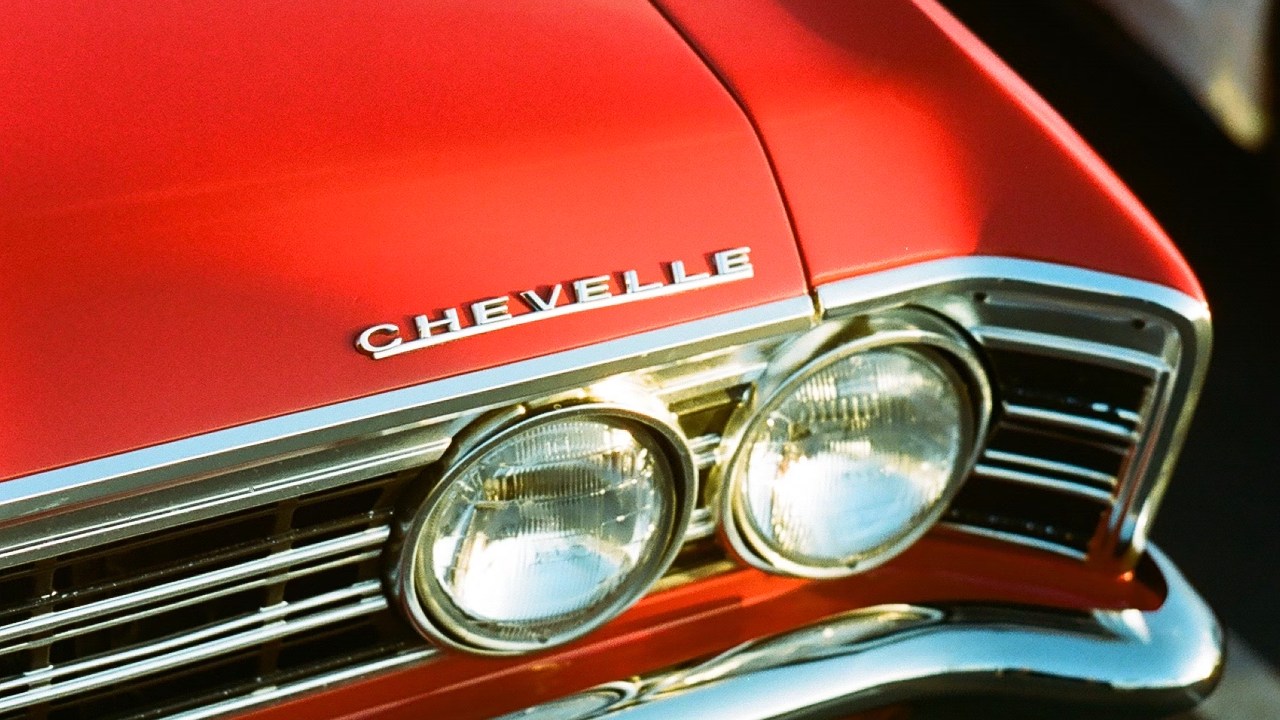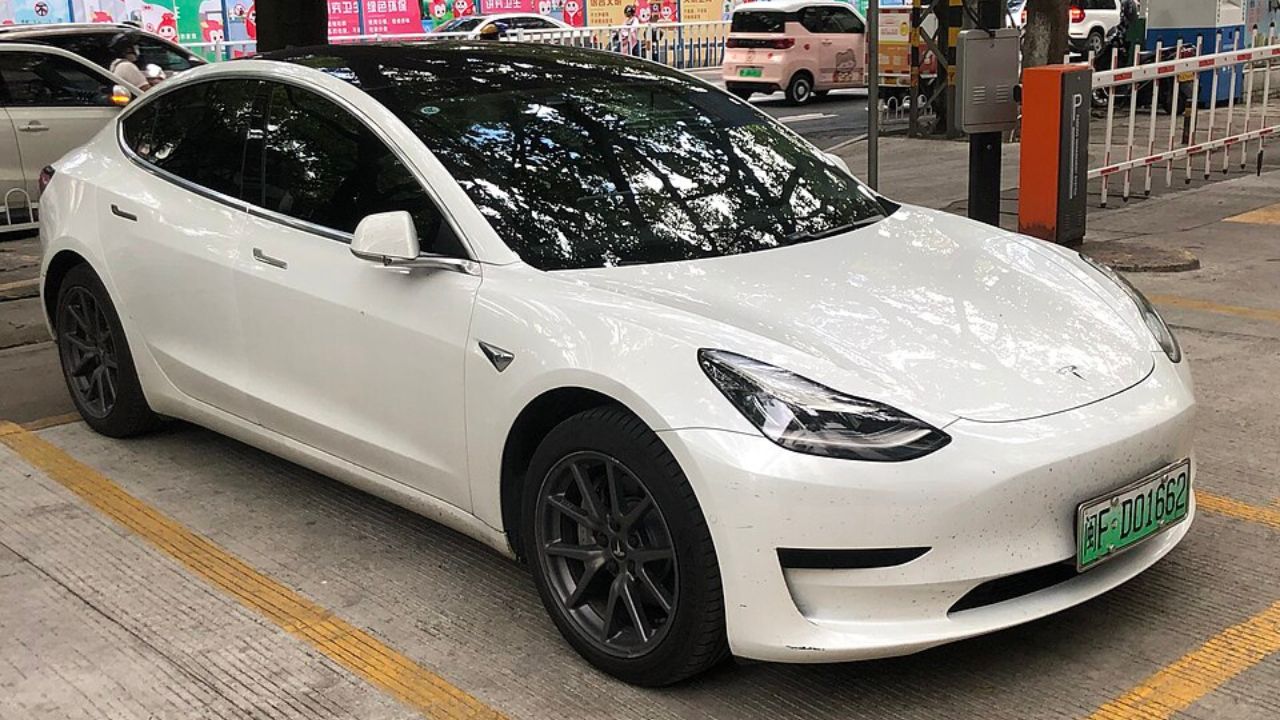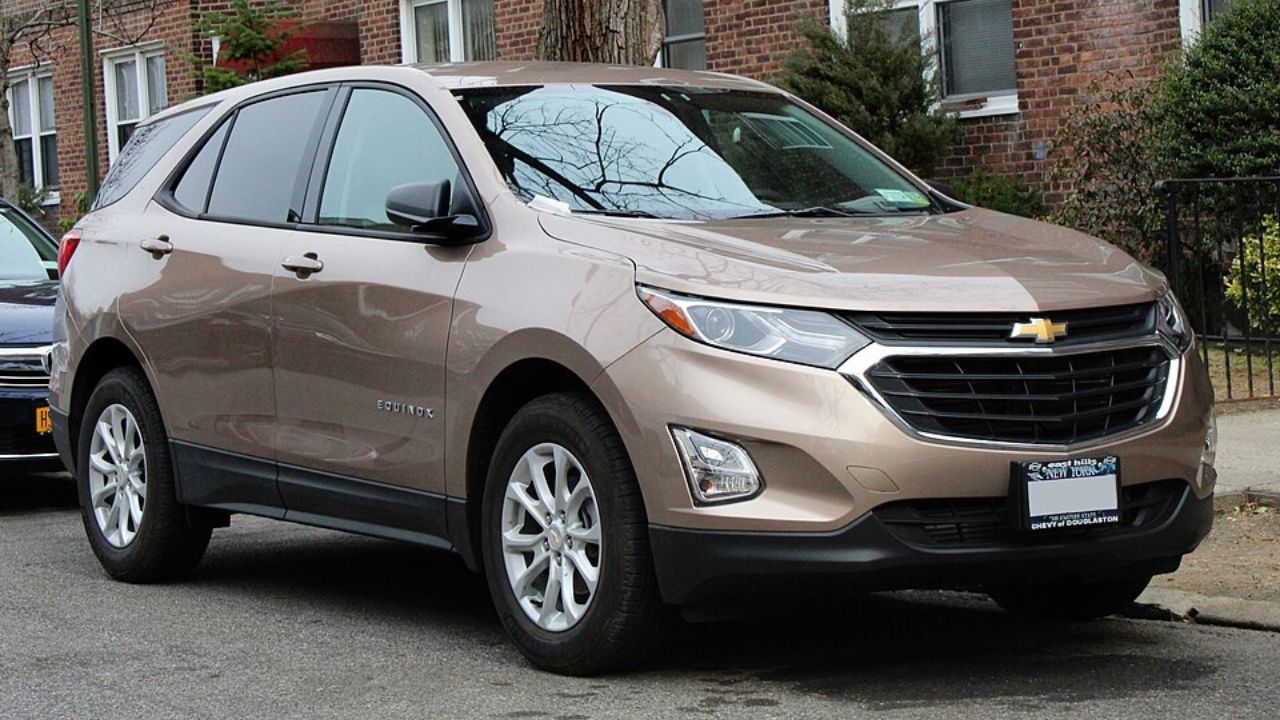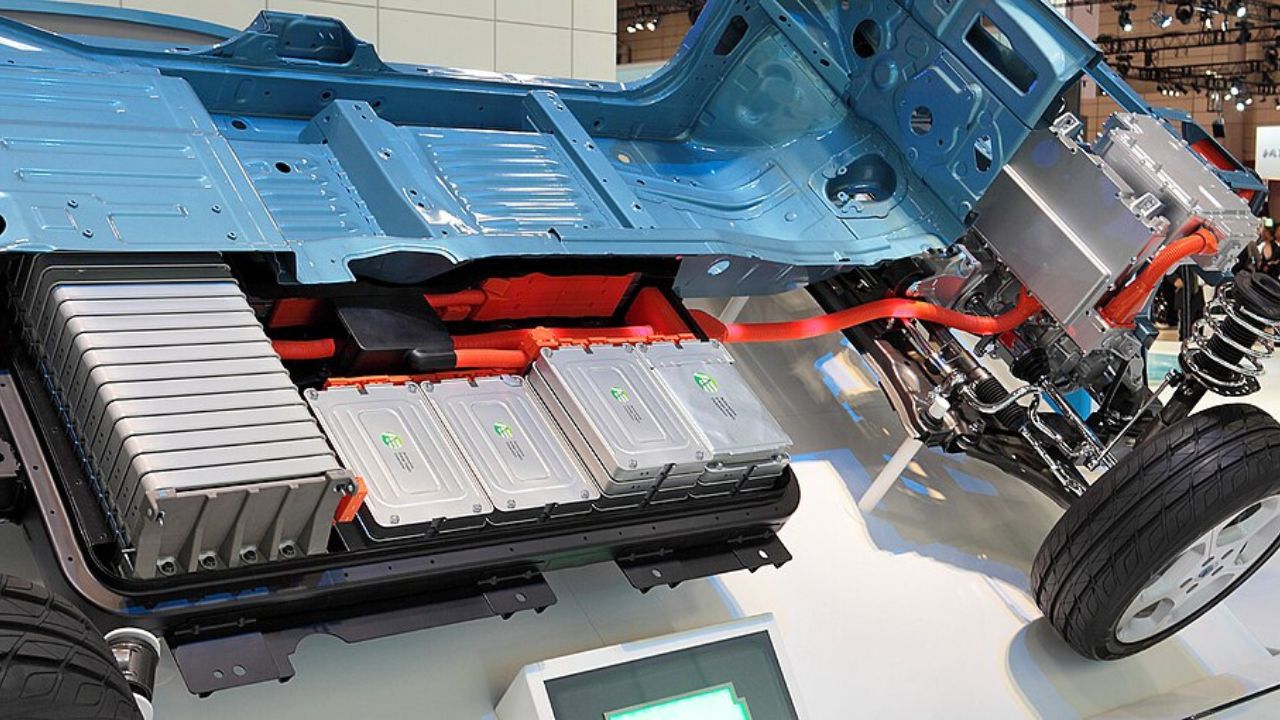The thrill of collecting often lies in the hunt for items that hold the promise of future value. Spotting a future collectible before prices soar can be both an art and a science, requiring a keen eye and an understanding of market trends. This guide will walk you through the key strategies to identify collectibles that may appreciate over time.
Understanding Market Trends
Analyzing historical data is a crucial step in understanding market trends. By studying past collectible markets, you can gain insights into which types of items have appreciated and the reasons behind their value increase. For instance, classic cars like the 1967 Chevrolet Camaro have seen a significant rise in value due to their iconic status and limited production numbers. Similarly, vintage comic books, such as Action Comics No. 1, have seen their prices skyrocket as superhero culture became mainstream.
In addition to historical data, it’s vital to monitor current events and their potential impact on the collectible market. Cultural trends, technological advancements, and media influences can all play a role in shaping the popularity of certain items. For example, the resurgence of vinyl records can be attributed to a growing appreciation for analog sound, leading to an increase in the value of rare records. Staying informed about such trends can provide an edge in spotting future collectibles.
Identifying Unique Attributes
Rarity and scarcity are two critical factors in determining the potential future value of a collectible. Items produced in limited quantities or those with unique features often hold higher value. For instance, the 1994 Ferrari F40, with only 1,311 units produced, remains a sought-after collectible due to its exclusivity and performance. Similarly, rare coins, such as the 1933 Saint-Gaudens Double Eagle, are highly prized by collectors for their scarcity.
Condition and authenticity are equally important when assessing a collectible. A well-preserved item with proof of authenticity is more likely to appreciate over time. For example, a vintage Rolex watch in mint condition with original documentation can command a much higher price than one in poor condition without provenance. Ensuring that an item is genuine and well-maintained is crucial in determining its future worth.
Evaluating Potential Growth
The popularity trajectory of an item can offer valuable insights into its potential for growth. By assessing the current popularity and considering factors such as consumer interest and demand, you can gauge whether an item is likely to appreciate. For instance, the increased interest in electric vehicles has led to a growing market for early models like the 2012 Tesla Model S, which may become future collectibles as the technology evolves.
Engaging with the investment community is another effective way to evaluate potential growth. Collectors and experts often share insights into which items are gaining traction and why. For example, the recent rise in demand for mid-century modern furniture highlights a shift in consumer preferences towards minimalist design. By participating in discussions and staying informed about market trends, you can make more informed decisions about potential collectibles.

Networking with Collectors
Building a network within collector communities can provide invaluable resources and insights. Joining forums, clubs, and social media groups dedicated to collecting allows you to exchange information and tips with like-minded individuals. For instance, the online community for classic car enthusiasts, such as those interested in the 1970 Dodge Charger R/T, can offer advice on maintenance, restoration, and market trends.
Attending trade shows and auctions is another excellent opportunity to network with seasoned collectors and dealers. These events often feature rare and unique items, providing firsthand knowledge about market trends and potential future collectibles. Engaging with experts in the field can help you understand the nuances of the market and identify items with promising investment potential.
Making Informed Purchases
Conducting thorough research and due diligence is essential when considering a potential collectible. Understanding an item’s history, popularity, and market value can help you make informed purchasing decisions. Tools such as auction results databases and price guides can provide valuable information on past sales and current market trends. For instance, researching the value trajectory of the 1969 Ford Mustang Mach 1 can offer insights into its potential as a future collectible.
Starting small and diversifying your collection is a prudent approach to minimizing risk. By beginning with smaller purchases and gradually investing in a variety of items, you can build a diverse collection that offers potential for growth. This strategy allows you to explore different markets and identify which types of collectibles align with your interests and investment goals.
In conclusion, spotting a future collectible involves a combination of understanding market trends, identifying unique attributes, evaluating potential growth, networking with collectors, and making informed purchases. By leveraging these strategies, you can enhance your ability to identify items with the potential to appreciate over time, ensuring a rewarding and successful collecting experience.
Like Fast Lane Only’s content? Be sure to follow us.
Here’s more from us:
*Created with AI assistance and editor review.







Leave a Reply